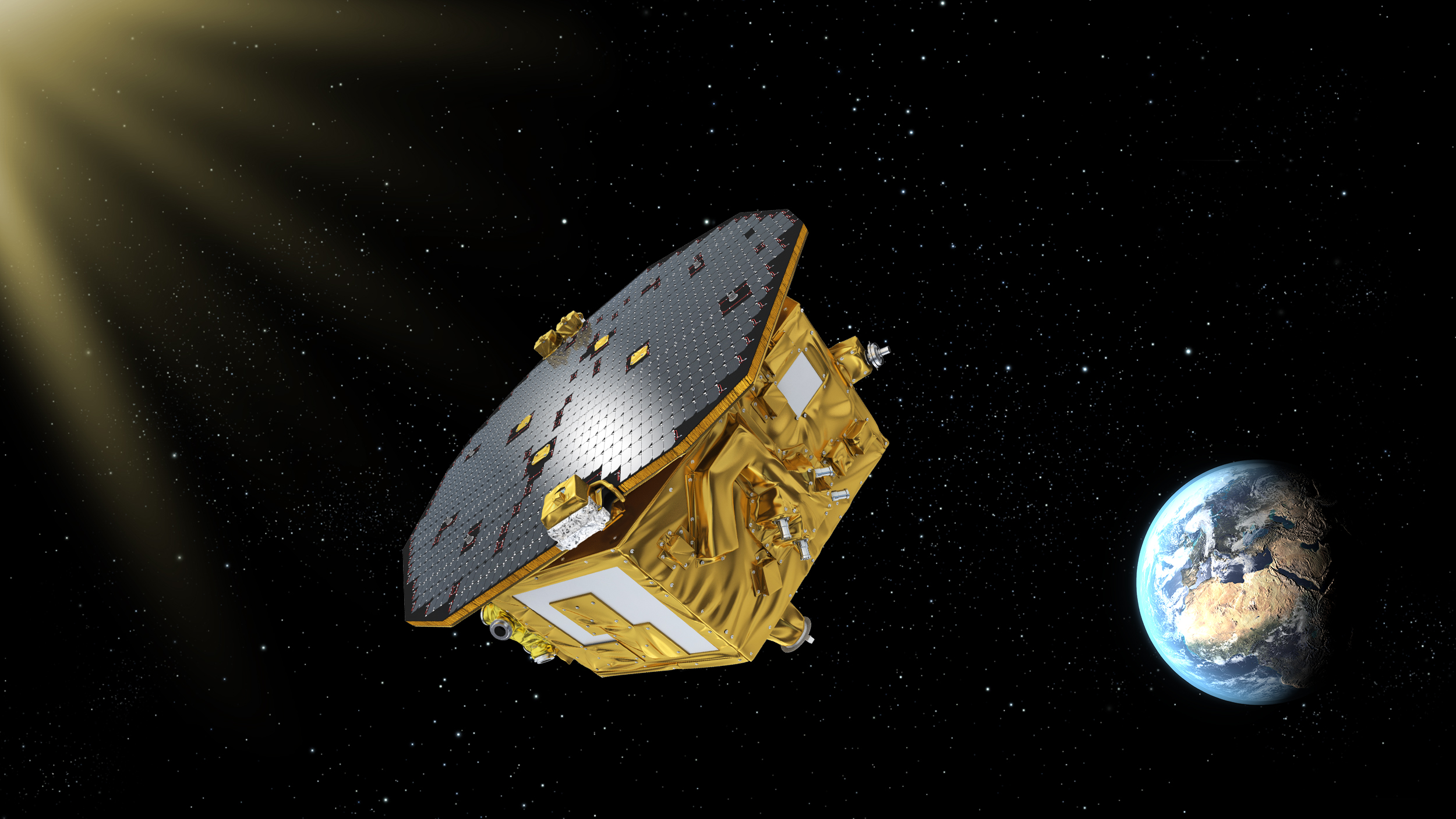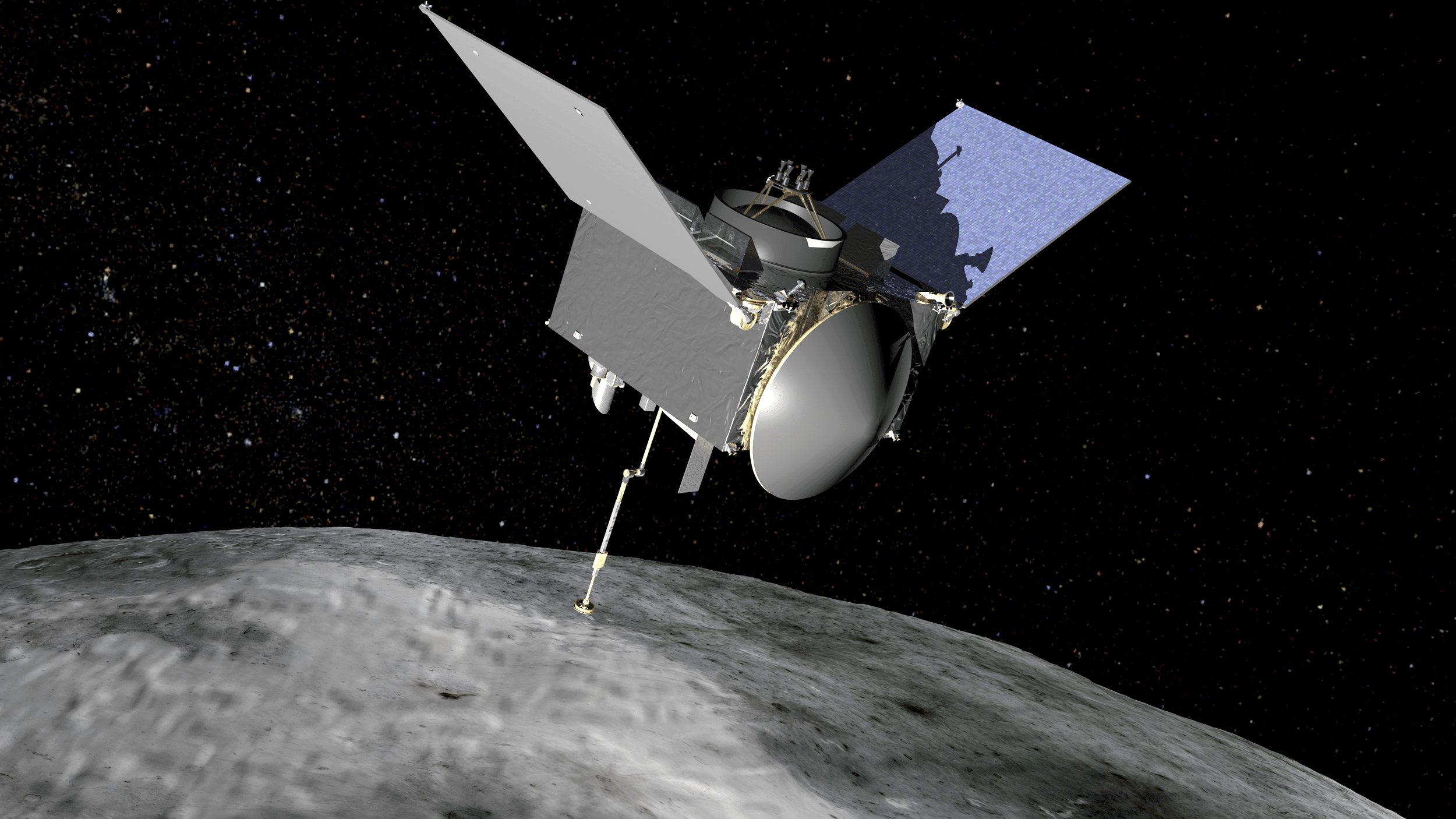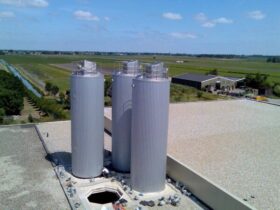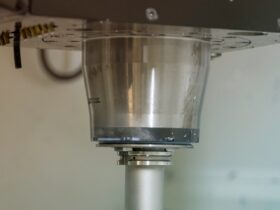Scientists are on the cusp of making a proposed space-based Gravitational Wave Observatory a reality, after a key technology necessary to build such a vehicle was successfully tested out by the European Space Administration (ESA) through its Laser Interferometer Space Antenna (LISA Pathfinder) program on June 7. The details of the report can be viewed in the paper published at Physical Review Letters.
What Are Gravitational Waves?
Gravitational waves created ripples in the world of physics, after researchers belonging to the Advanced Laser Interferometer Gravitational Wave Observatory (LIGO) team announced in February 2016 that a gravitational wave had been detected by their laboratories. The discovery confirmed one of the predictions of Albert Einstein’s century old theory of general relativity, triggering massive interest in the global scientific community.
So what exactly are gravitational waves? According to general consensus, they are ripples in the fabric of spacetime caused by the most energetic and violent events in the universe— think supernovae, black hole mergers etc. The following video succinctly explains the phenomenon of gravitational waves:
What Is The Significance Of The LISA Pathfinder program?
The LISA Pathfinder program, announced by the ESA in December 2015, aims at setting up a future mission that would be able to achieve the precise measurements and still conditions required for the measurement of gravitational waves.
‘LISA bridges the gap in gravitational wave frequency between pulsar timing arrays and LIGO so it is absolutely critical if we are to characterize the full gravitational wave spectrum. Not building it would be like having radio and gamma-ray telescopes but no infrared or optical. We need all of these to get the complete picture of sources,’ says Maura Mclaughlin, a researcher at West Virginia University who studies gravitational waves at very low frequencies.
It is well known gravitational waves are very difficult to measure since they are created when extremely violent cosmic events occur, producing distortions of spacetime that ripple outward.
This is where the LISA Pathfinder plays a crucial role. In January 2016, the LISA Pathfinder craft reached a gravitationally stable point, Lagrange Point 1, and in March, it started searching for the perfect position to detect gravitational waves.
‘With LISA Pathfinder, we have created the quietest place known to humankind. Its performance is spectacular and exceeds all our expectations by far,’ said Max Planck Institute for Gravitational Physics Director Karsten Danzmann. According to scientists, it will be possible to measure gravitational waves by eliminating all external sources of gravitational ‘noise’.
This would be done through a two-kilogram cube of a high-purity gold and platinum alloy placed inside the LISA Pathfinder craft. The two cubes are currently sailing through space, are in free fall and almost completely free of any force other than gravity. The project seeks to prove that such a formation of cubes flown in space will be able to function as a space-based gravitational wave observatory that would be able to detect signals from supermassive black hole collisions and other violent cosmic events that cannot be viewed from earth.
‘We can determine the distance of the two free-falling test masses to less than the diameter of a single atom,’ said Gerhard Heinzel, leader of the Interferometry in Space research group at the Max Planck Institute for Gravitational Physics.
The Future Ahead
The ESA expects to launch a full capacity LISA mission by 2034, comprising three spacecraft in a triangular configuration, with each spacecraft containing two gold-platinum cubes in free fall. The three spacecrafts, however, would be required to be located much further apart (more than the Earth-bound LIGO detectors in Louisiana and Hanford, Washington). Scientists will be able to study gravitational waves through laser measurements of the distance between these cubes, with LISA resolving directional sources of gravitational waves within an arc-second.

Stefano Vitale at the University of Trento and lead investigator for the LISA Pathfinder mission states that it would be incredibly exciting if they are able to capture a small black hole falling into a supermassive black hole. The fully established LISA observatory would allow physicists to accurately map the gravitational field around a black hole, enabling them to test the predictions of general relativity to unprecedented levels.
‘The results reported by the [Lisa Pathfinder] team are, quite simply, a tour de force in precision measurement. These experiments firmly establish that the precision needed by LISA for measuring test-mass displacements are well in hand, setting the stage for the next era in gravitational wave detectors,’ says David Reitze, executive director of LIGO.














Leave a Reply